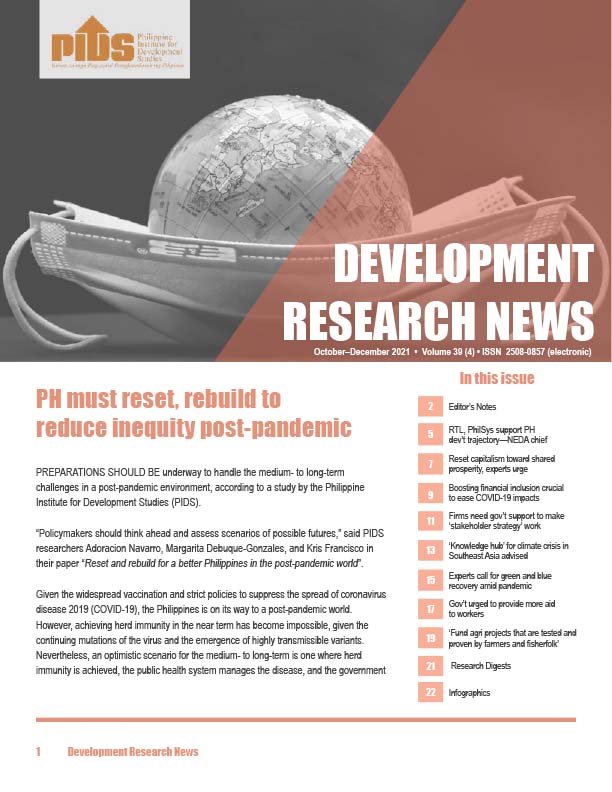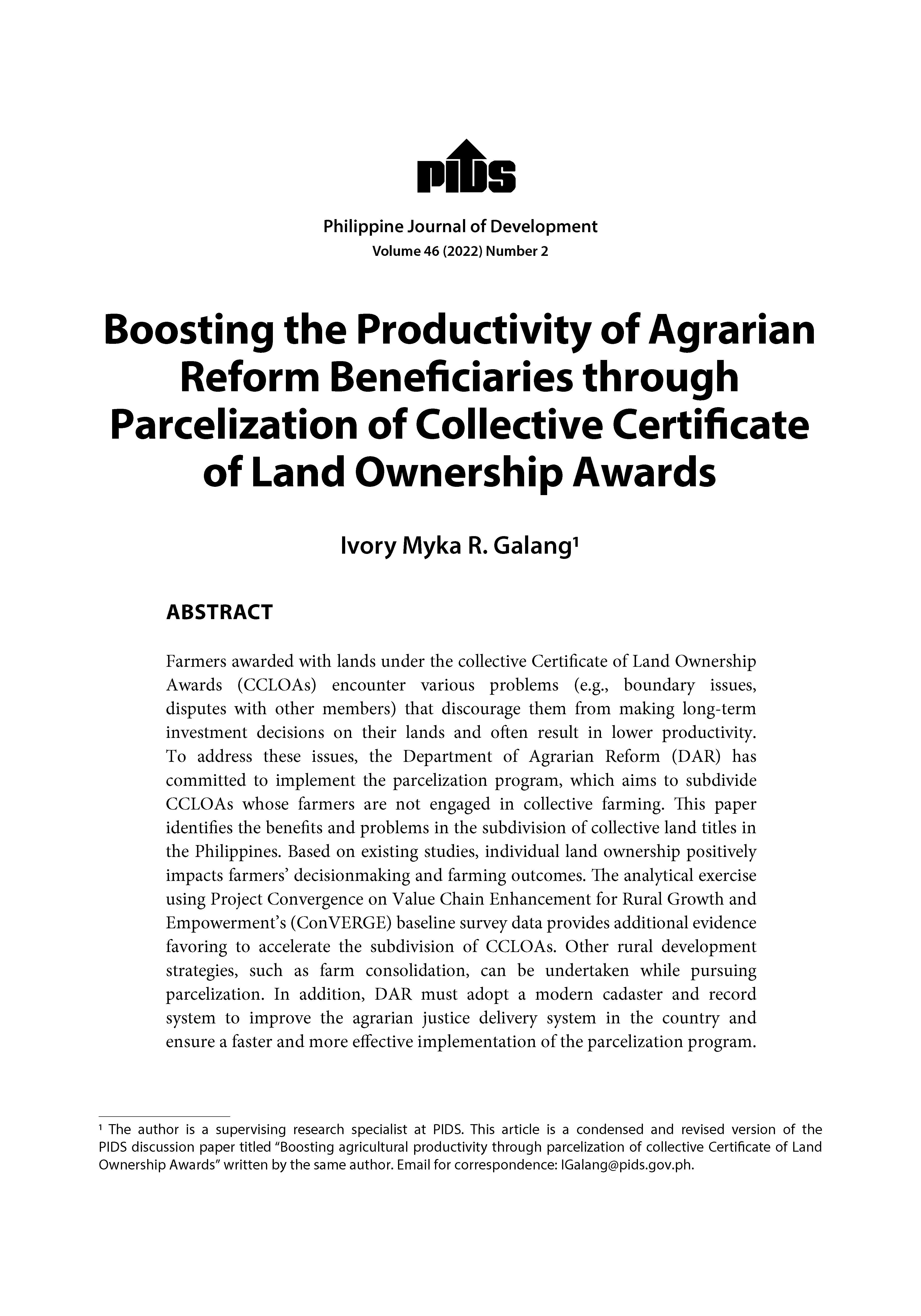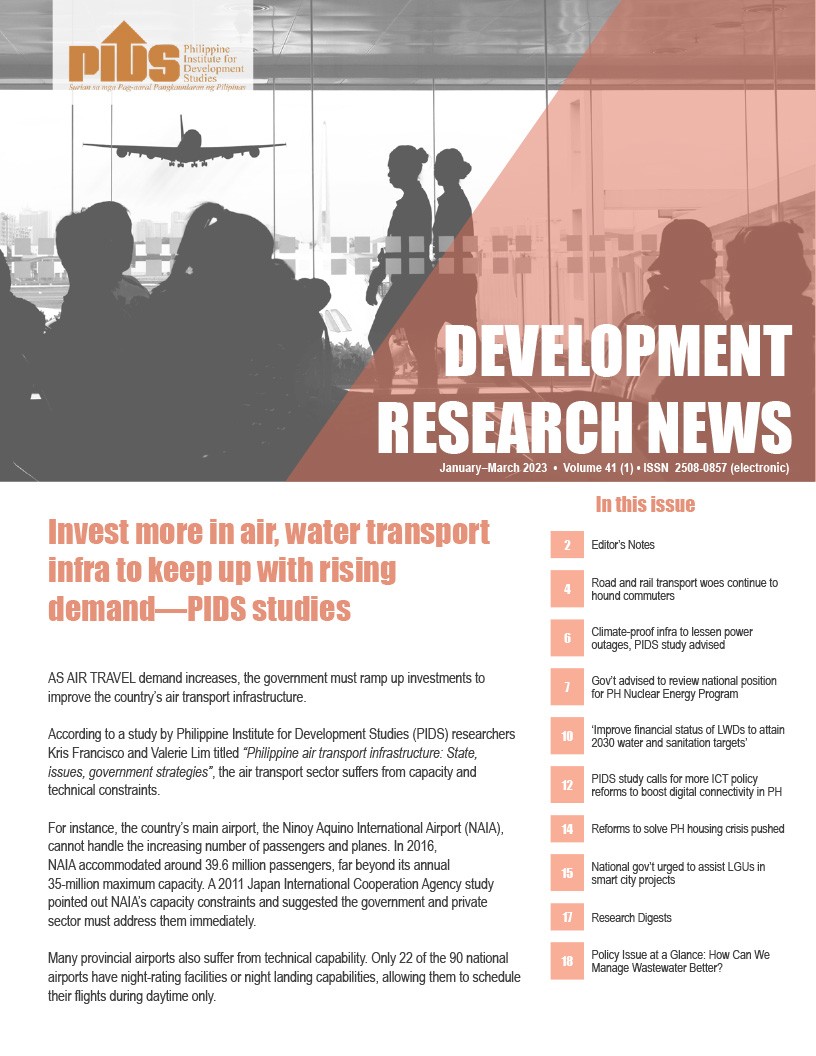The Philippines and the rest of Asia and the Pacific region must increase their investments in agriculture if they want to meet the Sustainable Development Goals (SDGs), the Asian Development Bank (ADB) said.
In an Asian Development Blog, ADB Agribusiness Investment Unit Head Martin Lemoine said the Asia and Pacific region needs to invest $120 billion a year until 2050 in farms to meet the growing demand for food.
Investing in agriculture will allow countries to meet at least six of the 17 SDGs. These six goals include eliminating poverty; achieving zero hunger; gender equality; decent work; responsible consumption and production; and climate action.
“Is there a silver bullet to help countries meet all their development challenges? Unfortunately, no,” Lemoine said.
“But there is one sector which, despite its huge size and importance, struggles for recognition of its potential to make serious inroads into nearly all the SDGs. Agriculture still accounts for more than half the work force in most developing countries. And yet, still there isn’t enough food for everyone,” he added.
Lemoine said, however, most of these investments must come from the private sector through agribusinesses. The agribusiness value chain, he added, includes agriculture, manufacturing and service companies.
Investing in these firms will address decades of underdevelopment and fragmentation in agriculture, which has kept millions of smallholder farmers poor in the Asia and the Pacific region.
Lemoine said that of the world’s 500 million smallholder farmers, around 400 million are in Asia. Most of them lack financial support and access to high-technology techniques and equipment.
“Half of the agricultural land in Asia is degraded mostly due to overuse of chemical fertilizers and outdated farming practices. Moreover, the region’s developing countries are likely to face the biggest reductions in agricultural potential in the world due to climate change,” Lemoine said.
To boost agriculture investments, Lemoine said agribusinesses need access to ecologically friendly compound fertilizers; use of drip irrigation to replace the inefficient flood irrigation; and proper handling of livestock waste, which produces high amounts of methane.
Lemoine added there are now companies in China and India that promote ecologically friendly compound fertilizers; and drip irrigation has proven effective based on ADB’s experience in its vegetable and flower investments in Armenia, Indonesia, China and Vietnam.
In terms of waste, Lemoine said there is a need for more companies that recycle livestock waste into organic fertilizer and biogas to produce clean energy. ADB, he said, is working with livestock companies in the region to promote better animal health and welfare standards.
“To help achieve SDGs, agribusiness needs sustainable levels of investment. Long-term investment is also an effective way to bring stakeholders together, because it creates trust. When farmers see that an agribusiness has invested millions of dollars in a processing plant near their fields, they know that the investors are there for the long haul,” Lemoine said.
“Farmers will then themselves invest and governments will also be more willing to support. Consumers are also better off when quality food is produced locally,” he added.
Last month the Voluntary National Review (VNR), the Philippine Institute for Development Studies (Pids) and the National Economic and Development Authority (Neda) showed that the country’s chances of meeting the education and climate change-related SDGs are “promising.”
Pids Senior Research Fellow Jose Ramon Albert told the BusinessMirror that meeting the education goal was promising, as well as battling climate change given the country’s disaster plans. However, there was mixed progress in terms of meeting the goals on human rights.
Albert said efforts to monitor and meet the SDGs are “complicated.” Based on the VNR, the midterm update of the Philippine Development Plan could see the addition of more targets in the SDGs that the country will have to meet by 2030.
This is because of the addition and changes in the indicators that have to be met nationally in relation to the global targets. Not all of the global SDGs will have to be met given that some targets are not applicable to some countries.






